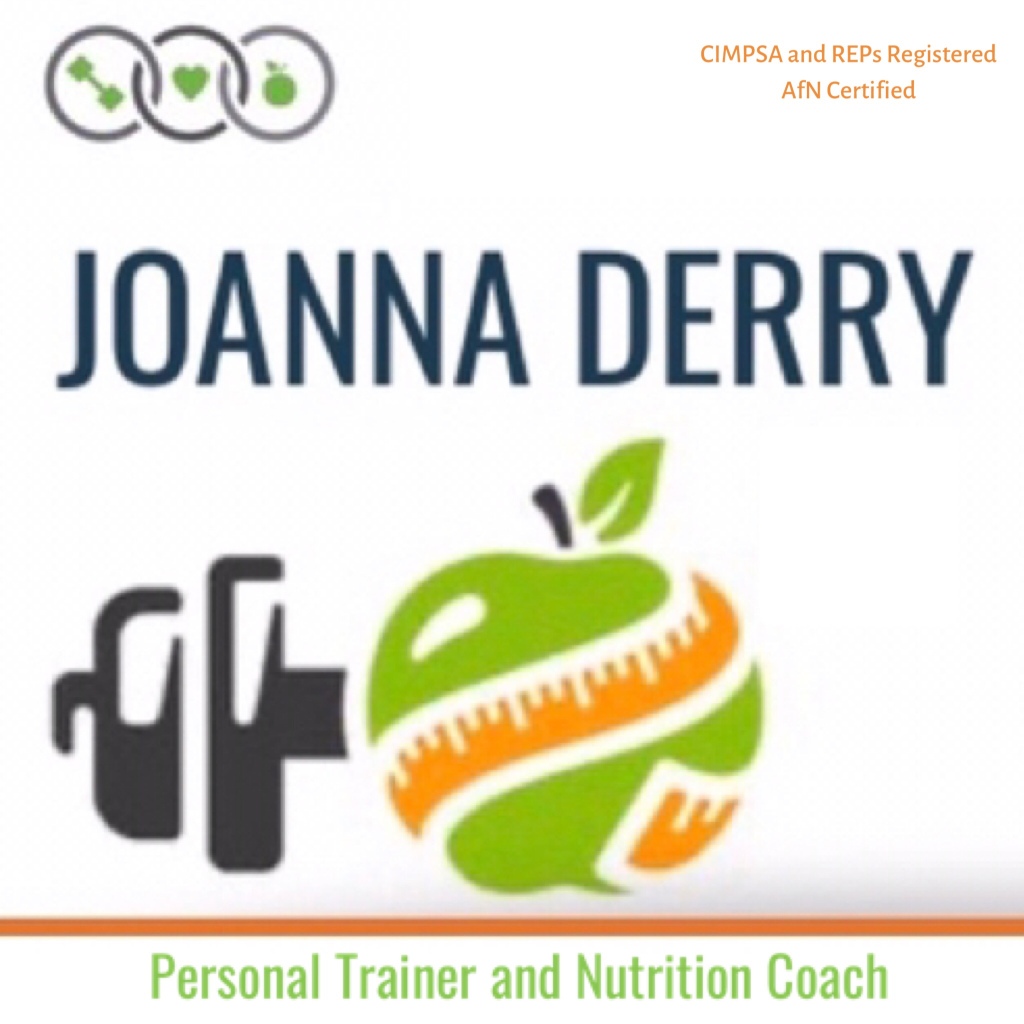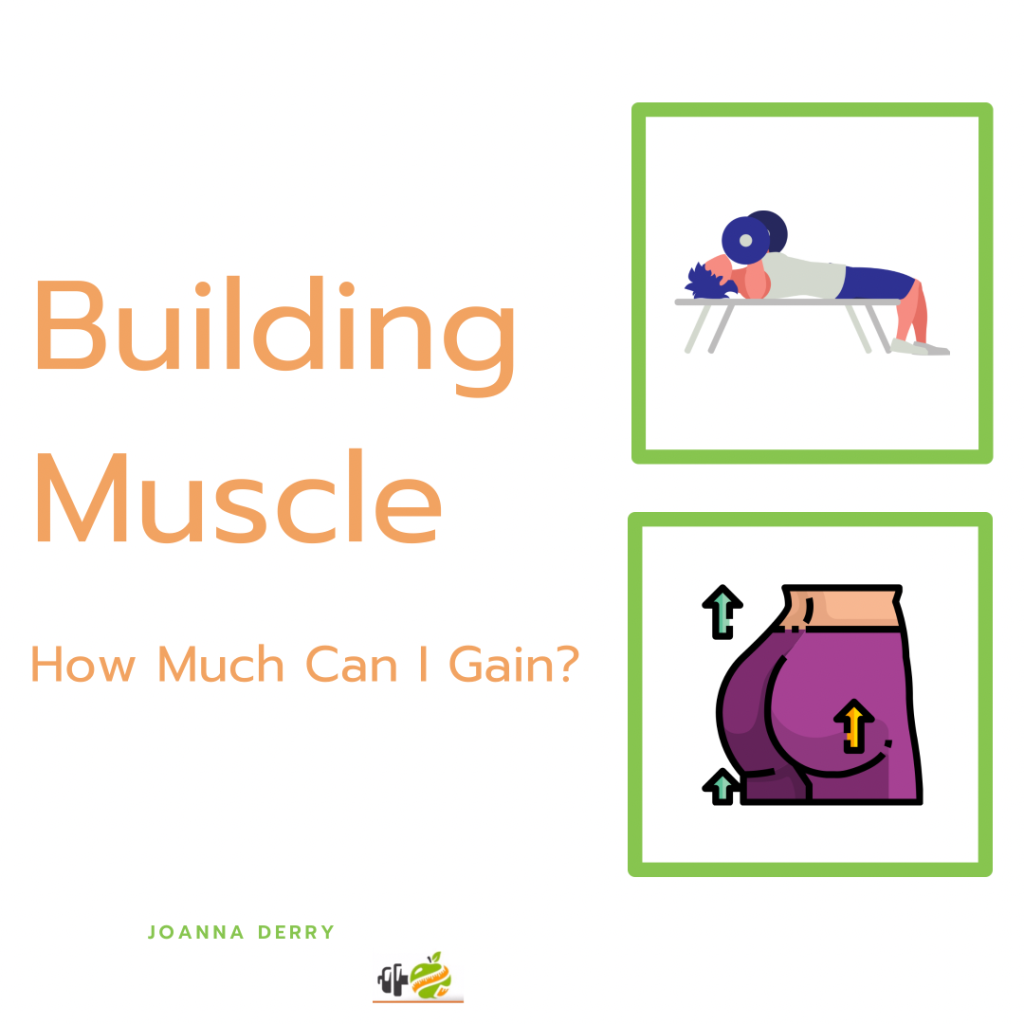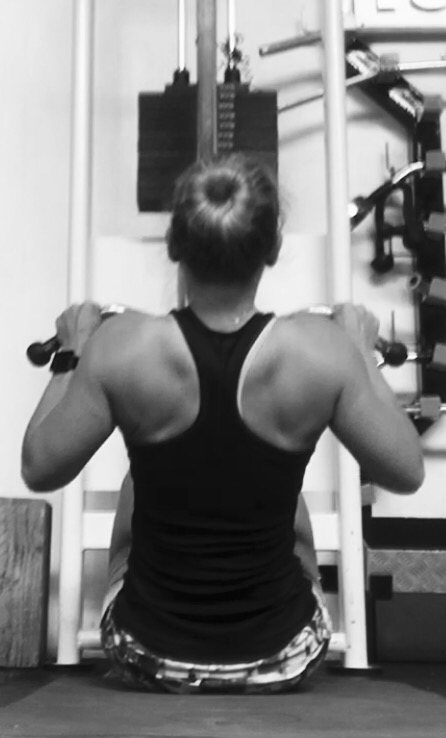There are dozens of ways you can set up a resistance training routine. But generally speaking, they can be categorised into one of two types:
- A full-body routine where each muscle group is hit at every session
- A split routine where each muscle group has a dedicated workout day (e.g., chest day, back day, shoulder day, etc)

Although split routines are very popular with gym goers and social media influencers alike, I still think distributing weekly volume over the week is a better idea for the majority of people versus trying to cram it into one session by training splits.
For one thing, how many hard sets can you really do for one muscle group before your performance starts to take a hit?
Let’s assume you’re a fairly trained lifter who needs to do 15 sets per muscle group per week. How many of those 15 sets are really going to be productive? Maybe the first 3-5? The remaining sets are just being done for the sake of getting your weekly volume in. On the other hand, if you distributed those same 15 sets over two weekly sessions, the workload is more manageable and this will translate to higher quality sets..
Here’s an example to help illustrate the above.
15 sets completed in one session:
- Bench press – 5 sets
- Incline DB press – 5 sets
- Cable fly – 5 sets
15 sets completed over two sessions:
- Workout A
- Bench press – 4 sets
- Cable flye – 3 sets
- Workout B
- Incline DB press – 4 sets
- Pec Dec – 3 sets
Which of the above do you think is going to lend itself to a more productive session? In the first example, where you’re doing 15 sets in one workout, you’ll likely be fatigued by the time you’ve completed the bench press. And you won’t be able to push as hard in the second and third exercises.
Compare this to the second example where you spread this volume over two sessions. Because volume is better distributed, each session will be of higher quality.
The second problem is time. Most people can’t spend hours training. If you’re trying to cram 15 sets in one workout and resting adequately between sets to ensure you’re fully recovered for the next set, you might end up training close to 2 hours. And if you try to cut rest periods too short, you’ll likely see a drop in performance because you’re not recovered between sets.
Finally, a higher training frequency can help reduce muscle soreness. If you’re only training a muscle group once per week, you’re going to be sore each time you train which, other than making you hate your life, could negatively impact your performance at the following session. For instance, if you trained chest on Monday and are still experiencing crippling soreness by the time you train shoulders a few days later, the discomfort may prevent you from pushing hard enough to see progress.
In any case, many roads lead to Rome as they say, and the important things to consider are your individual needs, goals, and what makes the most sense for you. Ultimately, ‘optimal’ in research may not be optimal or practical in real life. Do what you can stick to and be consistent. Those two things matter more than anything else.















